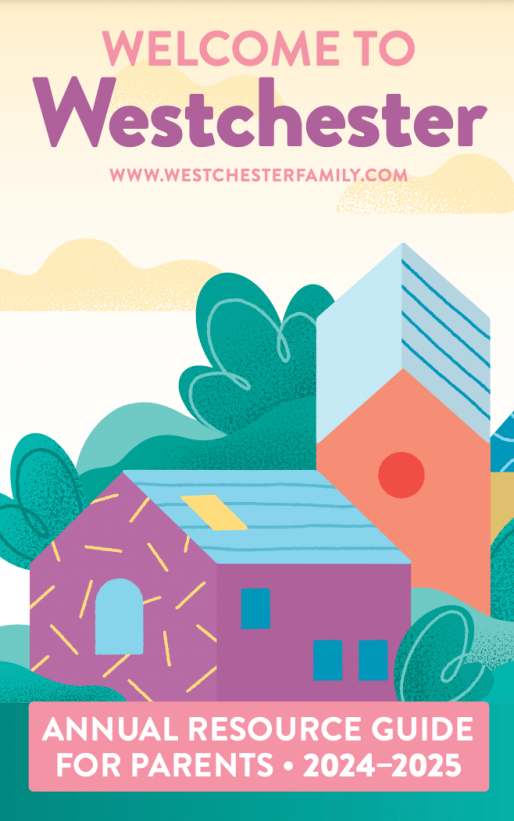When Jessica and Anthony Miceli of Valhalla were looking for a new home, they wanted to ensure their children had their own play area in the house. “It was really important to us that we give the kids a fun and bright space to play in and have a designated room for their toys,” says Jessica. With three young children, it was essential to the Miceli’s to find the space for a playroom on the first floor of the house so they could keep an eye on the kids. To do so, the couple was willing to give up a formal living room in exchange for peace of mind.
Flex Space
First floor formal rooms converted into playrooms are referred to as “flex spaces” by husband and wife team Timothy P. Lener, Architect, P.C., and Architectural Designer, JoAnn Lener, of Pleasantville. “Most of the time these playrooms are on the main living floor until the children are old enough to move to another level of the house such as an extra bedroom, basement, or attic space,” says Lener. “We try to let clients know that these first-floor spaces may not always be needed for a play space, so to think of them as temporary.”
A Sought After Space
Whether drawing up plans for a new home or renovating an existing one, the Leners say the playroom is one of the most sought after living spaces that they are asked to include in their designs. Why? Simply, it keeps the rest of the house clear of toys and keeps kids and parents out of each other’s hair, at least momentarily. A playroom can be the key to a mom or dad’s sanity.
Former teacher Karri Bowen-Poole, founder and co-owner of Smart Playrooms, realized there was a growing niche market in playroom design so she opened her shop in Rye five years ago. Along with Christine Simpson, co-owner and designer, and Sarah Hartigan, designer, Smart Playrooms helps to customize and create the perfect playroom environment for their clients’ children.
So, what should moms and dads think about when considering creating a playroom? We turned to Bowen-Poole for some ideas.
A Space the Kids Can Grow With. “The most important years for brain growth and development are 0-5 years of age,” says Bowen-Poole. A small nook in the kitchen or corner of a family room can do for this age group. Once children are old enough to be relocated to a permanent play space in the house, Bowen-Poole recommends growing and changing the space with your children’s interests. “We do this by creating open-ended play and learning centers in different areas of the room such as art, Lego and building centers, to name a few,” says Bowen-Poole. Typically, a room is designed with five years in mind to accommodate a child’s growth and interest changes.
Let’s Talk Walls and Floors. Think outside the box and incorporate walls and floors into the entertainment value of the room. Popular trends in playroom walls include blackboard paint, magnetic walls to hang art work, Lego walls for building, rock walls for climbing, and dry erase walls for drawing. Swings, climbing trees and trapeze rings have also been requested. Floors can be just as much competition for fun as the walls. “Wood and laminate floors are perfect for ride on toys, art areas and floor hockey,” says Bowen-Poole.
A Place for Everything. From custom built-ins to retail products (the folks at Smart Playrooms love Ikea) the variety of storage ideas is endless. “Storage solutions really depend on the overall layout and size of the room, the materials and toys that will be stored in the area, and a client’s budget,” says Bowen-Poole. She reveals that her clients tend to love the Cubic Wide Bookcase by Land of Nod and the Ikea Kallax for toy and book storage. What is the biggest mistake when it comes to playroom organization and storage? Too many toys! “We can help families declutter the toys and make the room inviting, functional and inspiring,” says Bowen-Poole.
A Seat for Everyone. “What is the seating going to be used for, and is the size of the seating appropriate for my children, are two important questions to think about,” says Bowen-Poole. “Children are more likely to paint, complete puzzles and play board games when they can sit in a chair with their feet planted solidly on the floor.” A table and chair set is ideal for this type of activity. Fun, colorful alternatives to straightforward seating include poufs and floor cushions.
Hurray or Nay for Technology. When it comes to cool teen lounges and gaming rooms, technology has a place in the playroom. However, Bowen-Poole says many parents wish to exclude the iPads and iPods from the play space. “There are many ways children can learn and play with their friends by socializing, swinging, climbing and building forts. Parents want their children to have sensory-rich experiences and creative play moments that technology just can’t seem to provide on a screen,” says Bowen-Poole.
Rachael Sanderson Benz is a Westchester-based freelance writer.




